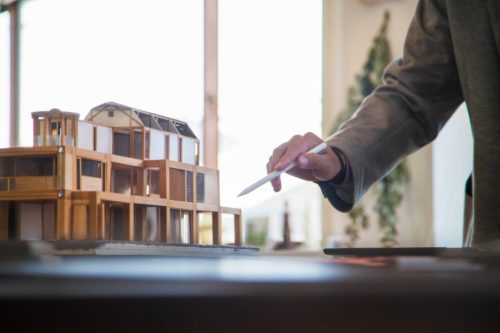
Report | 2021
Reducing Embodied Carbon in Buildings
Low-Cost, High-Value Opportunities
Buildings account for at least 39 percent of energy-related global carbon emissions on an annual basis. At least one-quarter of these emissions result from embodied carbon, or the greenhouse gas (GHG) emissions associated with manufacturing, transportation, installation, maintenance, and disposal of building materials.
This report highlights low-cost and no-cost solutions for reducing embodied carbon in buildings during a project’s design and construction phases. In case studies of three common building types, applying these solutions demonstrates an embodied carbon savings potential of 19 to 46 percent at cost premiums of less than 1 percent.
The report also explores how embodied carbon reductions can often:
- reduce material use and project costs,
- reduce energy consumption in raw material extraction, manufacturing, and transportation,
- help to meet green building certification requirements, and
- better position building owners for future code or policy changes that incentivize or require low embodied carbon.
The report provides specific recommendations to help architects, contractors, building owners, engineers, and others to reduce embodied carbon significantly at little to no additional up-front cost, using strategies and materials available today. The report also points to next-generation solutions that could drive even greater reductions.
To download the full report, as well as summaries for policymakers, developers, and designers/specifiers, please click on the images below.
